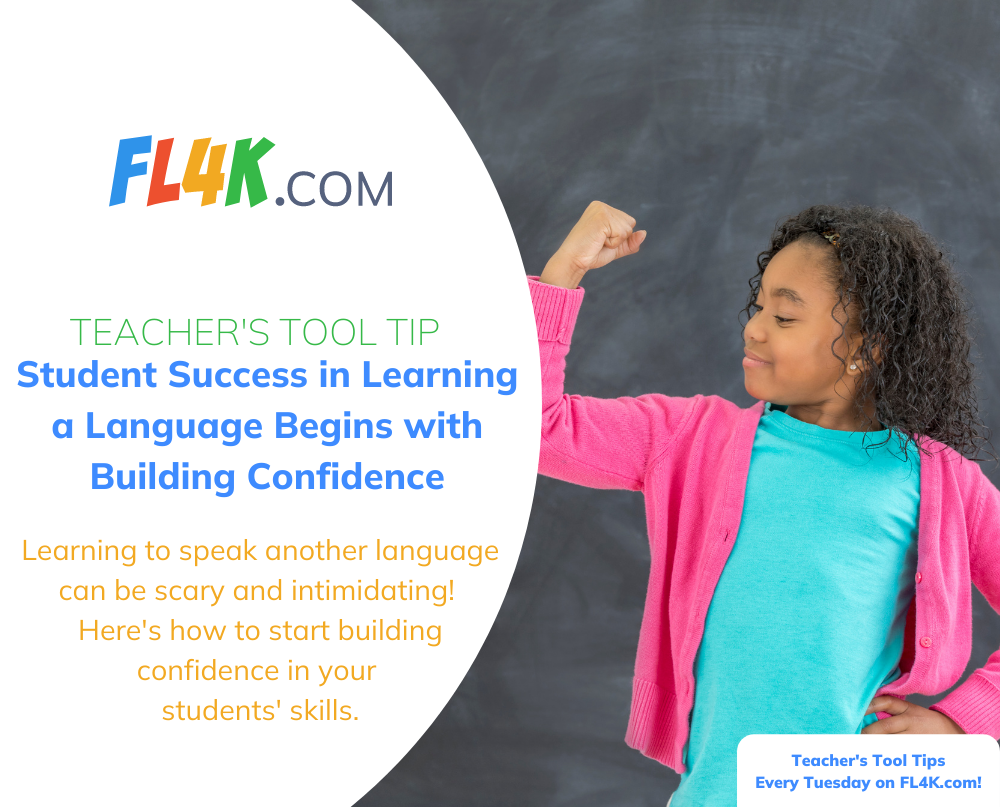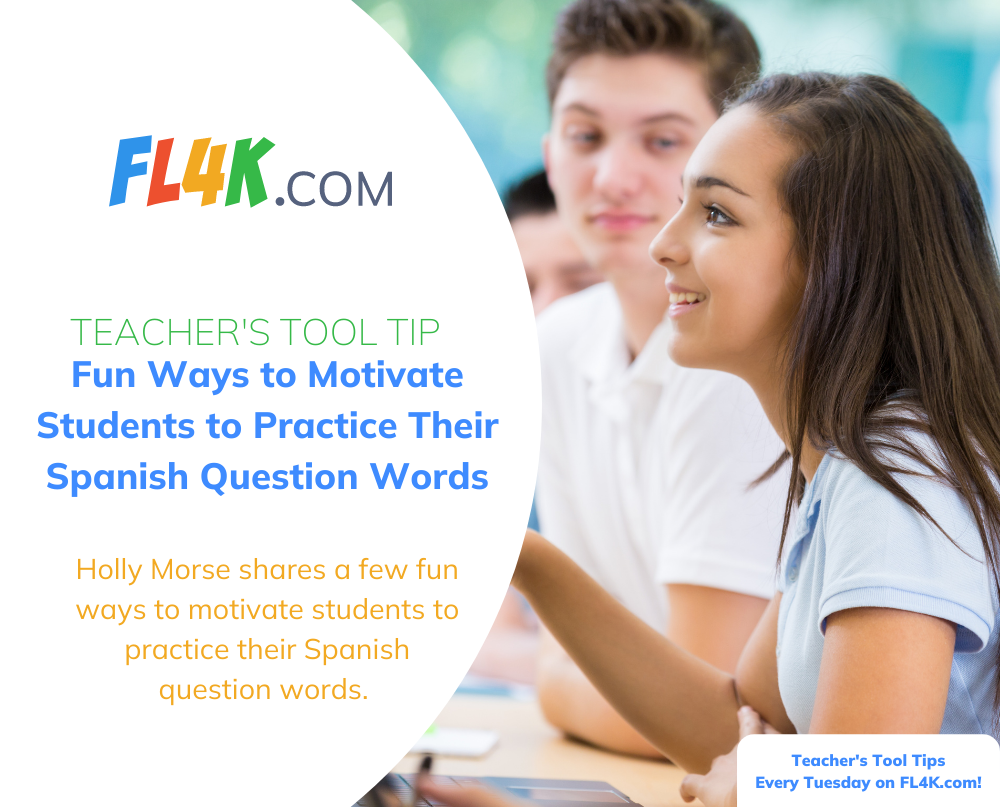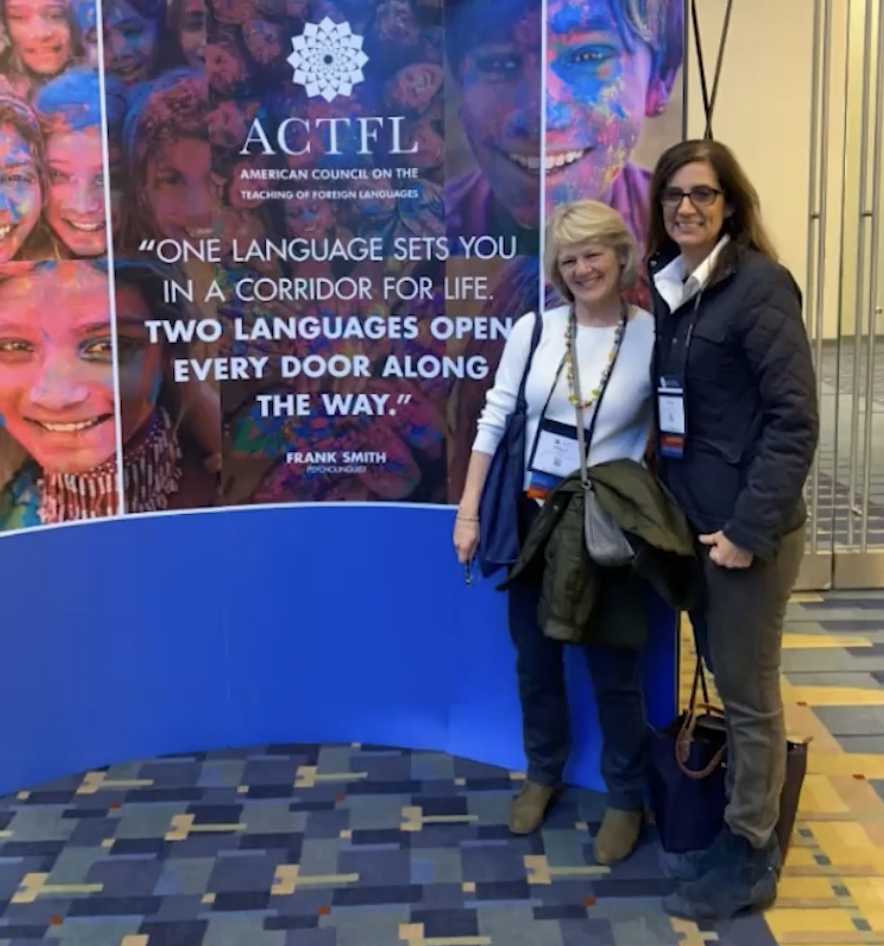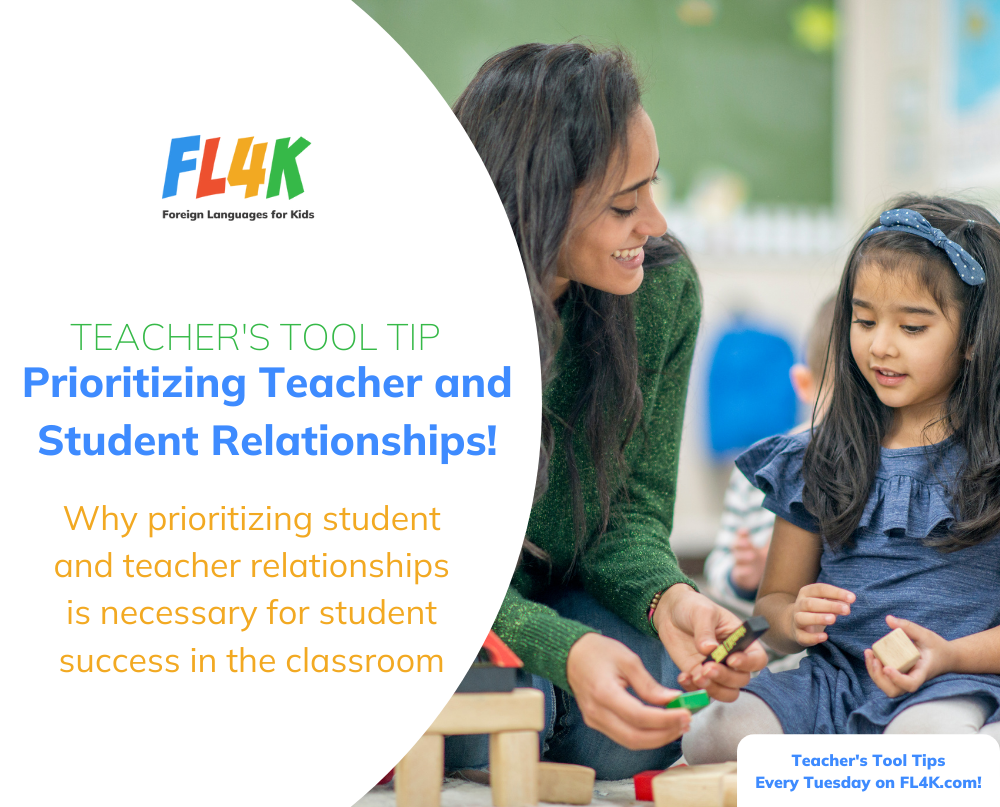Reading Time: 5 minutes
In order for students to progress from a novice level of proficiency according to the ACTFL language proficiency standards to an intermediate level, they need to build competence in asking questions.
Once I went through the Modified Oral Proficiency Interview training and certification process, I became more intentional about helping my students learn to ask questions. I’d like to share just a few of the ways that I discovered to motivate my students to practice their Spanish question words.
While I am recently retired from classroom teaching, I still implement the same principles in my private classes. The only way for our students to learn to use the Spanish question words is to provide a lot of opportunities for them to use them. Asking questions in Spanish is not a unit in a book with Spanish question words to be memorized and forgotten. It is a skill that must be practiced daily and is not hard to include in your daily class activities for students.
Post Spanish question words in the classroom
From day one in the language classroom, the Spanish question words should be posted and referred to often! You can buy fancy posters online or make your own. With every creative activity that you do, consider ways to encourage students to use the Spanish question words.
Seek opportunities for your students to be the ones asking the questions daily
Teaching students to ask questions is all part of creating a more student-centered classroom. Take yourself off the center stage as the one asking your students all the questions.
With every student presentation, require the students to ask questions. I keep track of how many questions each student asks to count toward their effort grade. I don’t make a big deal about the percentage of the grade it is worth, but rather I make sure that they understand how crucial the skill is in building language proficiency.
Remember how we teachers used to always ask the questions while the rest of the students just sat in boredom? I learned to require my students to ask questions with every activity that we did in the classroom.
Mystery and Spanish question words in the classroom
Students love mystery! I like to assign students to share a picture with the class on a regular basis as a warm-up or closing activity.
The student presents/projects a picture of him/herself from summer vacation, a favorite weekend activity, a place they go with friends to hang out, etc, and the rest of the class has 5-10 minutes to find out as much as possible about ¿dónde? (where?); ¿qué? (what?); ¿quién? (who?); ¿cuándo? (when?); ¿por qué? (why?).
I give points to the ones questioning, making sure that everyone asks at least one question.
The student who is presenting can be evaluated, too, based on how spontaneously they can answer classmates’ questions. This can be very motivating if students get into the spirit of it and you make it count as part of their effort grade.
Guessing games and Spanish questions in the classroom
There is no end to guessing games you can create in the classroom.
I know a teacher who always has her students “show and share” once a week as an assigned warmup. It is easy to turn this activity into a guessing game. The student sharing would be the one to spontaneously field all the questions while students try to gather as much information as possible about the object, picture, word. A student could simply write a place or word on the board and students have to try to discover the significance of it.
For larger classes, you could have your students do this in small groups. You could also have students share the title of a good book or movie and have students find out the plot and why the student likes it.
The object is to learn something personal about each class member while at the same time building proficiency in asking and answering questions. In other words, building language proficiency for real-world use.
Twenty questions
Students learn how easy it is to ask questions in Spanish without the Spanish question words by merely making a statement and changing the intonation with a game of Twenty Questions.
If the place a student wants others to guess is “la playa” (the beach), the students might figure it out using the following questions: ¿es un lugar? (it is a place?), ¿hace calor? (Is it hot?), ¿te gusta ir los fines de semana? (Do you like to go on weekends?), ¿puedes nadar allí? (can you swim there?), ¿hay árboles allí? (are there trees there?), ¿está cerca de tu casa? (is near your house?), ¿vas allí con frecuencia? (do you go there often?), etc.
You could put the Súper 7 verbs + ir (tener, querer, hay, gustar, poder, ser, estar, ir) on the board and insist that students formulate questions using them. Cross them off as students use them ensuring that there are a variety of questions asked.
Cultural Information gap
Have students each read a short culture segment pertaining to a country of study.
The object of this activity is for each student to read their segment to themselves and then pair it with a student who read a different segment. Each one has five minutes to ask the other as many questions as they can about what the other one read or to simply share what they learned in their culture segment with a requirement for follow-up questions from a partner.
The partner will then do the same. After they have shared as partners, they can team up with two others and share in the same way.
Finding short cultural segments can be time-consuming! I am part of a teacher team creating short interactive social media-like culture posts tailored for the Gen Z attention span, covering food, nature, lodging, citizens, geography, sites of interest, etc., about 9 Hispanic cultures.
The innovative features of the program include fully customizable real-time commenting and polling as well as cultural comparison questions for discussion, hands-on activities, music, and embedded cultural videos.
Check it out at FL4K.com and request a demo. These culture posts are chock full of dynamic information about Hispanic culture around the world and serve as a springboard for teaching the art of asking questions.
Current events
Have students present news on a regular basis. Each student briefly presents a headline with only a few facts while students in the class try to find out more about the news event by asking questions.
Students need lots of practice asking questions on a daily basis. Commit to having students master Spanish question words and to making questioning activities a part of every class.
It takes just a little creativity to figure out how to make the use of Spanish question words and the art of asking questions essential in your classroom. Ask your students what ideas they have.
Students could create a question-and-answer game where they invent answers and students have to come up with a question like Jeopardy. This is just one example! You and your students will be able to think of one hundred more ways to practice asking questions once you commit to making this a priority in your classroom!
Remember: You will be helping your students to build language proficiency for real-world use if you STOP asking the questions and get your students to START asking them! Try it tomorrow!
Missed my past Tool Tips? You can read about the Can-Do classroom, the importance of building relationships with your students, the Student-Centered Classroom, and much more on FL4K.com right now!
Looking to improve your students’ language skills? Learn how you can get early access to our groundbreaking language program that teaches kids Spanish the fun way! Sign up for early access here.




